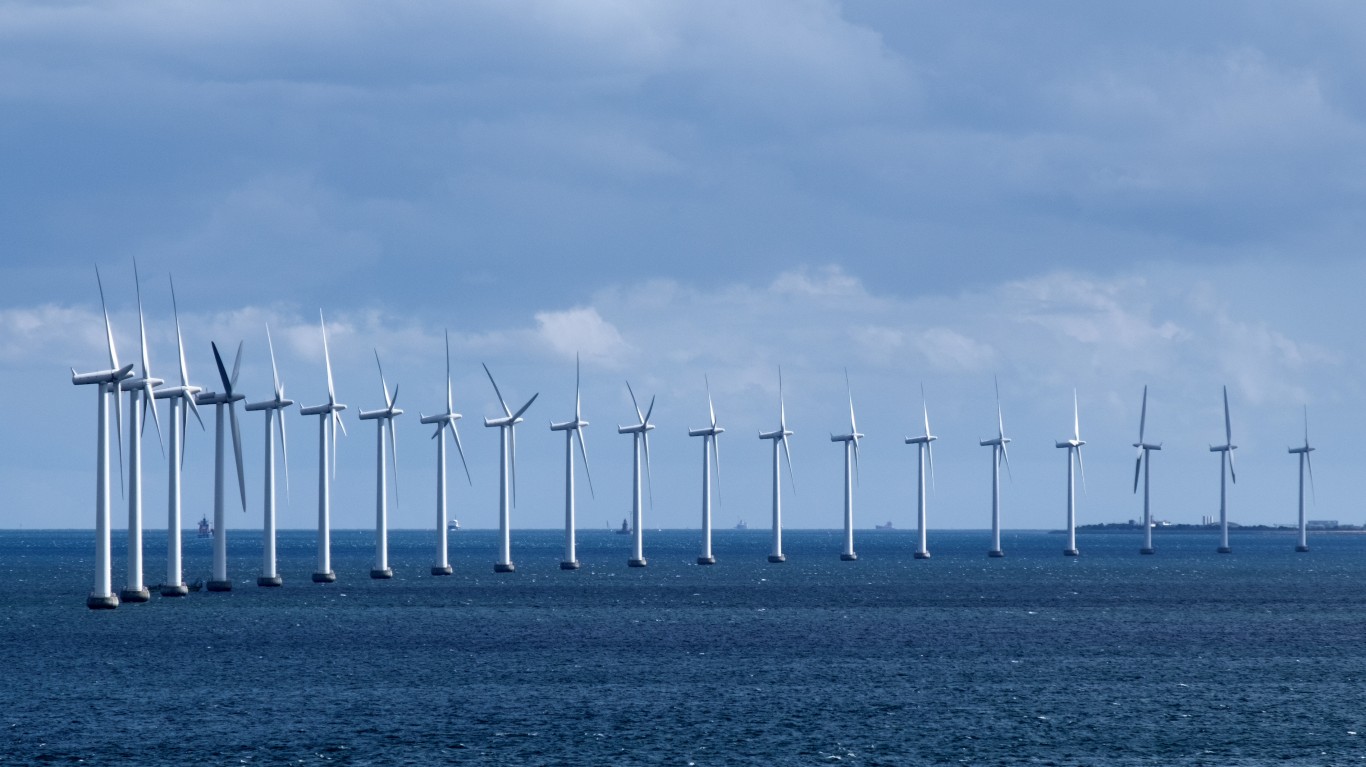
— Bidders on U.S. offshore wind leases getting dose of potential real time, thanks to Idalia
— Wind and solar power increases have helped the U.S. grid survive the long hot summer
— Think wildfire smoke is bad here? Air pollution in Southeast Asia is cutting lifespans
— Almost 90% of new renewable energy is now cheaper than oil and gas, reshaping market
— Lithium traces increasingly found in U.S. water supplies
— Five more countries reach electric vehicle tipping point for mass adoption
— More than 1000 active wildfires still burning in Canada as September approaches
Bidders on the first U.S. set of offshore wind leases in the Gulf of Mexico this morning will get an unwelcome lesson in the region’s wind potential, as the auction is happening just as Hurricane Idalia sweeps through toward the Florida coast.
The leases will be for more than 300,000 acres off the coasts of Louisiana and Texas (so a bit west of Idalia) and are expected to draw bids similar to the $757 million that was bid last year for offshore wind tracts off the West Coast. That’s because the gulf tracts to be leased by the Interior Department’s Bureau of Ocean Energy Management (BOEM) will most likely be used for production of green hydrogen instead of wind energy that can be connected to regional electric grids.
Likely bidders include European oil giants Shell (UK:SHEL), TotalEnergies, both with extensive offshore wind assets, and Invenergy, which has a big investment from Blackstone $BSX , according to reports. Winners will be developing a big new source of renewable energy in one of the busiest oil and gas drilling regions in the world, and home of one of the world’s worst oil disasters with the BP $BP spill in 2010.
The government is hoping that interest in using wind energy to produce green hydrogen will further invigorate the wind business in the U.S., which accounted for a record 22% of electricity capacity in the U.S. last year, second only to solar, according to the U.S. Energy Department.
Still, even with several big East Coast offshore projects going, production costs and local opposition to offshore wind has led to costly delays and allowed Europe to solidify itself as the market leader in that energy security. And they don’t have hurricanes either.
Subscribe to Callaway Climate Insights to keep reading this post and get 7 days of free access to the full post archives.





